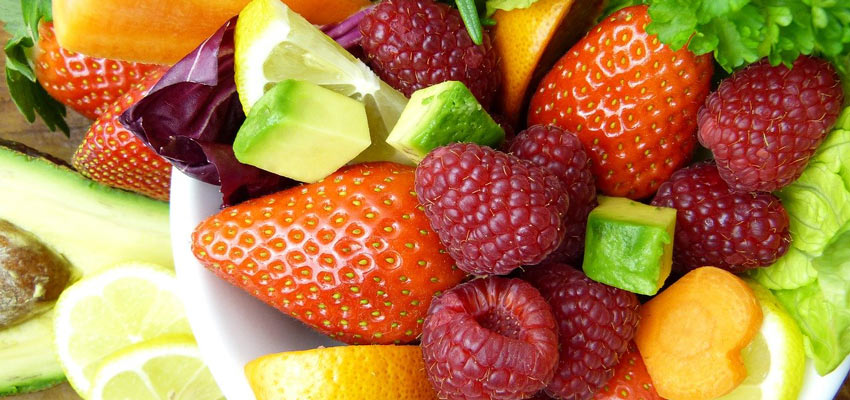Die Höchstgehalte für Perchlorat sind mit Verordnung (EU) 2020/685 der Kommission vom 20. Mai 2020 im Rahmen der europäischen Kontaminanten-Verordnung (EG) Nr. 1881/2006 nun festgelegt.
Für Obst und Gemüse, Tee und Kräutertees und in bestimmter Babynahrung gelten nun für Perchlorat ab dem 1.7.2020 verbindliche Höchstmengen. Für bereits rechtmäßig in Verkehr gebrachte Waren gibt es eine Übergangsregelung bis zum jeweiligem Ende des Mindesthaltbarkeitsdatum. Wir weisen darauf hin, dass mit Gültigwerden der neuen Verordnung die bisherigen „intra union trade levels“ nicht mehr angewendet werden können.
Die Lebensmittellabore der AGROLAB GROUP führen diese Analysen für Sie durch und bewerten die Ergebnisse nach der jeweils gültigen Verordnung.
Section 9: Perchlorate
| Foodstuff | Maximum level (mg/kg) |
|
| 9. | Perchlorate | |
| 9.1. | Fruits and vegetables with the exception of: - cucurbitaceae and kale - leaf vegetables and herbs |
0,05 0,10 0,50 |
| 9.2. | Tea (Camellia sinensis), dried Herbal and fruit infusions, dried |
0,75 |
| 9.3. | Infant formula, follow on formula, foods for special medical purposes intended for infants and young children and young child formula (*) - Babyfood - Processed ceveal based food |
0,01 0,02 0,01 |
| (*) | young child formula are milk-based drinks and similar protein-based products intended for young children. These products are outside the scope of Regulation (EU) No 609/2013 (Report from the Commission to the European Parliament and the Council on young child formulae (COM/2016/0169 final). | |
Lesen Sie mehr:
Autor: Dr. Frank Mörsberger



 Kontakt
Kontakt